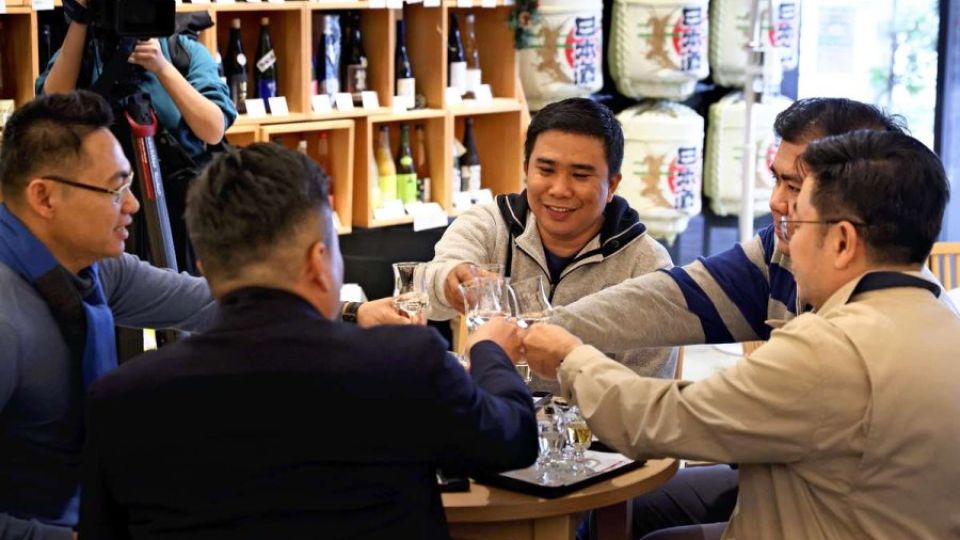December 6, 2024
TOKYO – UNESCO unanimously decided Wednesday to inscribe the traditional brewing techniques for making sake, shochu and awamori as Intangible Cultural Heritage assets during an intergovernmental committee meeting in Asuncion, the capital of Paraguay.
The committee praised the traditional knowledge and skills of sake-making with koji mold for having significant cultural importance to local communities, noting that sake is an essential element of Japanese festivals, weddings and many other events.
The origins of traditional sake-making are believed to have been established during the Muromachi period (1336-1573). It is characterized by a brewing method that uses koji, a type of mold cultivated on grains such as rice or barley, to promote fermentation and enhance flavor. Skilled artisans known as toji and kurabito have refined these techniques over generations, creating varieties of sake suited to the climates and natural environments of different regions.
The Japanese government pursued the Intangible Cultural Heritage registration for reasons such as the domestic challenges of declining consumption and a shortage of skilled artisans. Another goal is to enhance Japanese sake’s global presence. According to Finance Ministry trade statistics, Japan’s sake exports in 2023 reached approximately ¥41.1 billion, nearly quadrupling the ¥10.5 billion exported in 2013. However, Japanese alcoholic beverages still account for only about 0.1% of the global alcohol market, suggesting room for growth.
Former UNESCO Director General Koichiro Matsuura said: “Traditional sake-making, together with ‘washoku’ [cuisine], which is already registered as Intangible Cultural Heritage, demonstrates the richness of Japanese food culture. This registration will likely inspire greater interest in Japanese food culture among international tourists, making it highly significant.”

